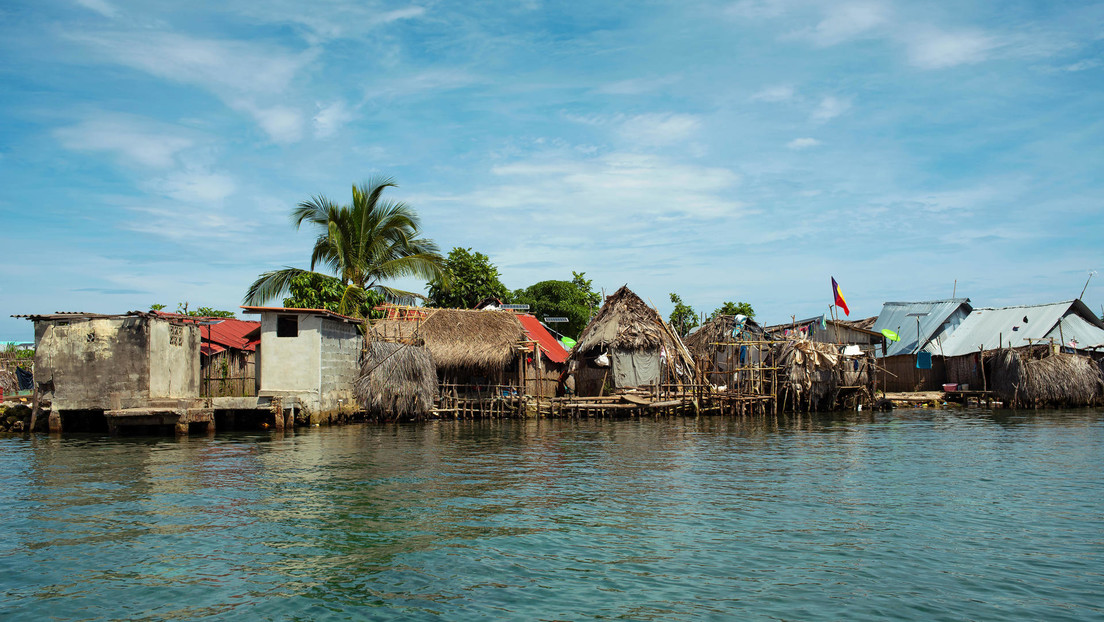To the frequent environmental phenomena on the island of Gardí Sugdup, aggressive and unpredictable, is added the rapid growth of its population and the reduction of its surface.
The Guna ethnic group from the Guna Yala indigenous region, which inhabits the Panamanian island of Gardí Sugdup (Crab Island in Spanish), could soon be forced to abandon that territory that for generations has been their refuge. The progressive rise in the water level of the Caribbean Sea puts its population at risk and threatens to cause massive migration.
Floods have become more frequent due to the effects of high tide, especially in the rainy season, and the fragility of its low coastspoints out a special report on the CBS channel broadcast this Saturday.
According to data from tide gauges, the Panama Canal Authority and satellite images from the US National Oceanic and Atmospheric Administration, the water around the island is rising by about 3.5 millimeters a year. According to scientists’ predictions, in less than three decades, by 2050Gardí Sugdup will be completely underwater, says Laurel Ávila, a member of the Panamanian Ministry of the Environment.
The region has to be “transferred”, “no choice”warns the expert.
To the frequent, aggressive and unpredictable climatic phenomena, is added the rapid population growth and the reduction of its surface. In this context, and after a long struggle to stay on that site, its residents have begun to accept the need to move completely. Some have put up a fight using rocks and coral reef debris to try to expand the island and keep the water at bay, but it’s a lost battle And the only option is to leave it all behind.
A project for the relocation of this indigenous community has been working in the country for several years. As reported in September by the newspaper La Estrella de Panamá, the families will settle in a housing complex of 300 houses 15 minutes from the island. It will have a sports park, children’s play area, shopping areas and an aqueduct and storm water system, as well as an electrical and sanitary network.
Although life will be different on the mainland, Magdalena Martínez, 72, who has lived all her life on the island, assures that they will continue with their traditions and preserve their culture.
